We Will
Always
Be Here

A Guide to Exploring
and Understanding the
History of LGBTQ+
Activism in Wisconsin
Jenny Kalvaitis
Kristen Whitson
WISCONSIN HISTORICAL SOCIETY PRESS
Published by the Wisconsin Historical Society Press
Publishers since 1855
The Wisconsin Historical Society helps people connect to the past by collecting, preserving, and sharing stories. Founded in 1846, the Society is one of the nations finest historical institutions.
Join the Wisconsin Historical Society: wisconsinhistory.org/membership
2021 by the State Historical Society of Wisconsin
E-book edition 2021
For permission to reuse material from We Will Always Be Here: A Guide to Exploring and Understanding the History of LGBTQ+ Activism in Wisconsin (ISBN 978-0-87020-961-1; e-book ISBN 978-0-87020-962-8), please access www.copyright.com or contact the Copyright Clearance Center, Inc. (CCC), 222 Rosewood Drive, Danvers, MA 01923, 978-750-8400. CCC is a not-for-profit organization that provides licenses and registration for a variety of users.
Front cover images, clockwise from top left: Tammy Baldwin, Dick Wagner, and Kathleen Nichols in 1987, courtesy of Dick Wagner; Edgar Hellum in 1935, Mineral Point Library Archives; Donna Coleman ca. 1965, courtesy of the University of WisconsinMadison Archives; members of Bi?Shy?Why? in 1993, courtesy of the University of WisconsinMadison Archives; Ted Pierce ca. 1924, WHI IMAGE ID 71483; and Lou Sullivan in 1966, courtesy of Gay, Lesbian, Bisexual, Transgender Historical Society.
Cover design by Andrew Brozyna
Text design and typesetting by Mayfly Design
25 24 23 22 21 1 2 3 4 5
Library of Congress Cataloging-in-Publication Data
Names: Kalvaitis, Jenny, author. | Whitson, Kristen, author.
Title: We will always be here : a guide to exploring and understanding the history of LGBTQ+ activism in Wisconsin / Jenny Kalvaitis and Kristen Whitson.
Description: [Madison] : Wisconsin Historical Society Press, [2021] | Includes bibliographical references and index.
Identifiers: LCCN 2020047573 (print) | LCCN 2020047574 (ebook) | ISBN 9780870209611 (paperback) | ISBN 9780870209628 (ebook)
Subjects: LCSH: Sexual minoritiesWisconsinHistoryJuvenile literature. | Gay liberation movementWisconsinHistoryJuvenile literature.
Classification: LCC HQ73.3.U62 W653 2021 (print) | LCC HQ73.3.U62 (ebook) | DDC 306.7609775dc23
LC record available at https://lccn.loc.gov/2020047573
LC ebook record available at https://lccn.loc.gov/2020047574

For Jodie Jens, Judy Reynolds, all the brave LGBTQ+ folks who have helped make the world a better place, and all the young people who are inspired to do the same.
Publication of this book was made possible in part through generous gifts from:
Mr. Charles Bauer and Mr. Charles Beckwith
David Bedri and Jon Sorenson
Sue Riseling and Joanne Berg
Paula Bonner and Ann Schaffer
Frances Breit and Julie DAcci
Gary Brown and Paul Hayes
Barbara Constans and Deb Rohde
Paul Gibler and Thomas DeChant
Bob Dowd and Marge Schmidt
Julie Eckenwalder and Constance Anderson
William and Lynne Eich
Renee Herber and Tamara Packard
Joanne Holland and Margie Rosenberg
Kim Karcher
Scott and Mary Kolar
Donald Lamb
Phil Levy
Hank Lufler and Mike Gerdes
Katharine Lyall
Scott and Megin McDonell
Eileen Mershart and Sarah Hole
Mike and Sally Miley
Anne Monks
Richard Petran
Purple Moon Foundation, Inc. Dale Leibowitz
Timothy Radelet
Mary Lou Roberts
Susan Schaffer and Joan Hinckley
Robert Stipicevich and Scott Short
Mary Strickland and Marie Barroquillo
Howard Sweet
Mike Verveer
William Wartmann
Mark Webster and Ryan Brown
Susan Zaeske
Jaime Zimmerman
Contents
T he past is full of stories just waiting to be uncovered. Lesbian, gay, bisexual, transgender, queer, and other members of the LGBTQ+ community have been present throughout human history, even though they appear in few textbooks. Looking back through Wisconsins history, LGBTQ+ folks can be found in literature and the arts, on the battlefield and in political office, in restaurants and on farms, in the public eye and in everyday life. For example:
Lorraine Hansberry, a lesbian and author of the play A Raisin in the Sun, attended the University of WisconsinMadison in the late 1940s. She won the New York Drama Critics Circle Award in 1959. Not only was she the youngest playwright to receive the honor, she was also the first African American and the fifth woman to do so.
Barry Lynn was a gay man and professional dancer who choreographed more than five hundred dances in his career. In 1978, he founded a center for expressive dance in Ladysmith, Wisconsin, with his partner, Michael Doran.
Robert Peters of Eagle River, Wisconsin, fought in Germany during World War II (19391945). He
Lorena Hickok from East Troy, Wisconsin, was a well-known and respected journalist for the Associated Press starting in the 1920s. In 1928, she was assigned to interview Eleanor Roosevelt during her husbands presidential campaign. Hickok and Roosevelt developed a romantic relationship that spanned decades.
However they refer to themselvesas gay, lesbian, bi, trans, queer, nonbinary, gender nonconforming, questioning, or by some other adjectiveLGBTQ+ people are simply people. They work in every imaginable field, and they live in every city and town on the map. This book is full of ordinary, extraordinary people living their lives and working for change in Wisconsin.
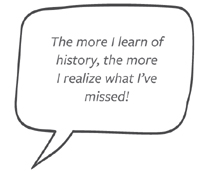 And yet LGBTQ+ history is full of stories that are rarely featured in schools, museums, or popular publications. Why is this? The stories of some LGBTQ+ individuals have been suppressed due to prejudice. In some cases, the people who fund textbooks, curate museum exhibits, and write articles have wished to create a mainstream history rather than include a wide diversity of human experience. In other cases, people have been justifiably afraid to share their own stories. For many years (and even today), lots of LGBTQ+ people have kept their true identities hidden. They have rightly feared negative outcomes that could result from being open about their sex, gender, or sexuality.
And yet LGBTQ+ history is full of stories that are rarely featured in schools, museums, or popular publications. Why is this? The stories of some LGBTQ+ individuals have been suppressed due to prejudice. In some cases, the people who fund textbooks, curate museum exhibits, and write articles have wished to create a mainstream history rather than include a wide diversity of human experience. In other cases, people have been justifiably afraid to share their own stories. For many years (and even today), lots of LGBTQ+ people have kept their true identities hidden. They have rightly feared negative outcomes that could result from being open about their sex, gender, or sexuality.

The playwright Lorraine Hansberry attended the University of WisconsinMadison from 1948 to 1950. She is standing in front of UWs Agricultural Hall in this 1948 photo. She was not out for decades but identified as a lesbian in her private writings toward the end of her life.
PHOTO USE COURTESY OF THE LORRAINE HANSBERRY LITERARY TRUST, LHLT.ORG
It is time to look back and begin learning these stories. It is time to take them off the shelf and out of the closet. It is time to put them in the hands of people like you, who can use the past to build a better future. The time has come for an inclusive, accurate history. The next generation should not have to fight the same battles that we have been fighting for decades.

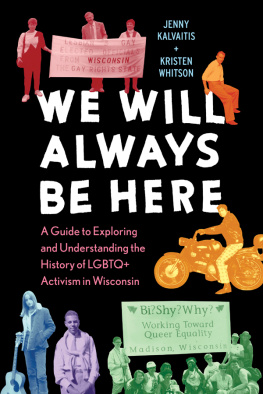
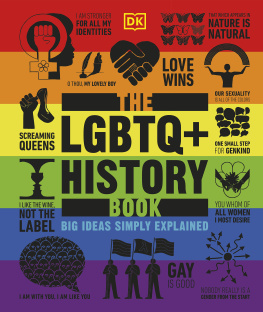
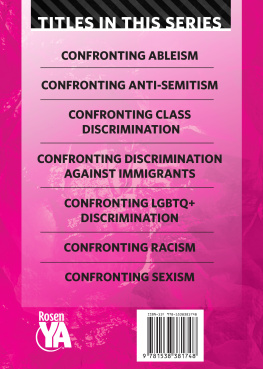

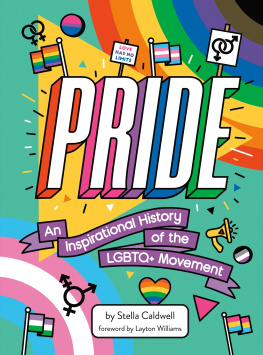
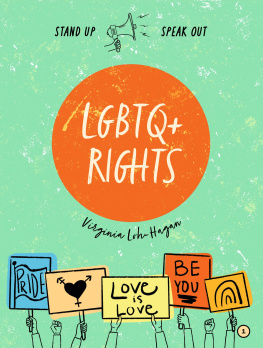
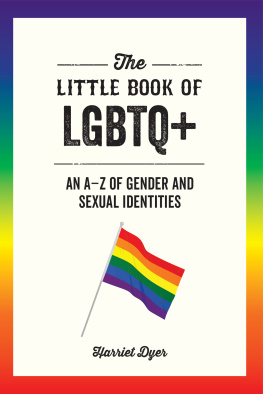
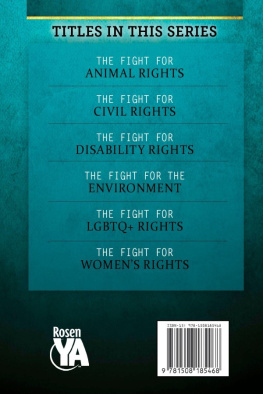
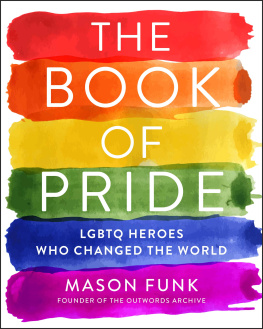

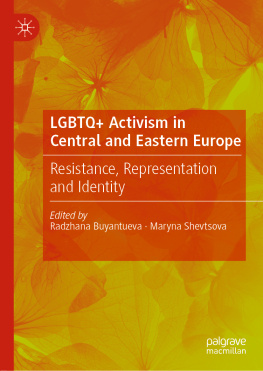

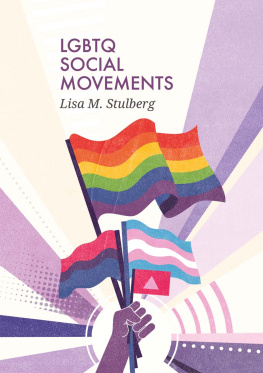


 And yet LGBTQ+ history is full of stories that are rarely featured in schools, museums, or popular publications. Why is this? The stories of some LGBTQ+ individuals have been suppressed due to prejudice. In some cases, the people who fund textbooks, curate museum exhibits, and write articles have wished to create a mainstream history rather than include a wide diversity of human experience. In other cases, people have been justifiably afraid to share their own stories. For many years (and even today), lots of LGBTQ+ people have kept their true identities hidden. They have rightly feared negative outcomes that could result from being open about their sex, gender, or sexuality.
And yet LGBTQ+ history is full of stories that are rarely featured in schools, museums, or popular publications. Why is this? The stories of some LGBTQ+ individuals have been suppressed due to prejudice. In some cases, the people who fund textbooks, curate museum exhibits, and write articles have wished to create a mainstream history rather than include a wide diversity of human experience. In other cases, people have been justifiably afraid to share their own stories. For many years (and even today), lots of LGBTQ+ people have kept their true identities hidden. They have rightly feared negative outcomes that could result from being open about their sex, gender, or sexuality.